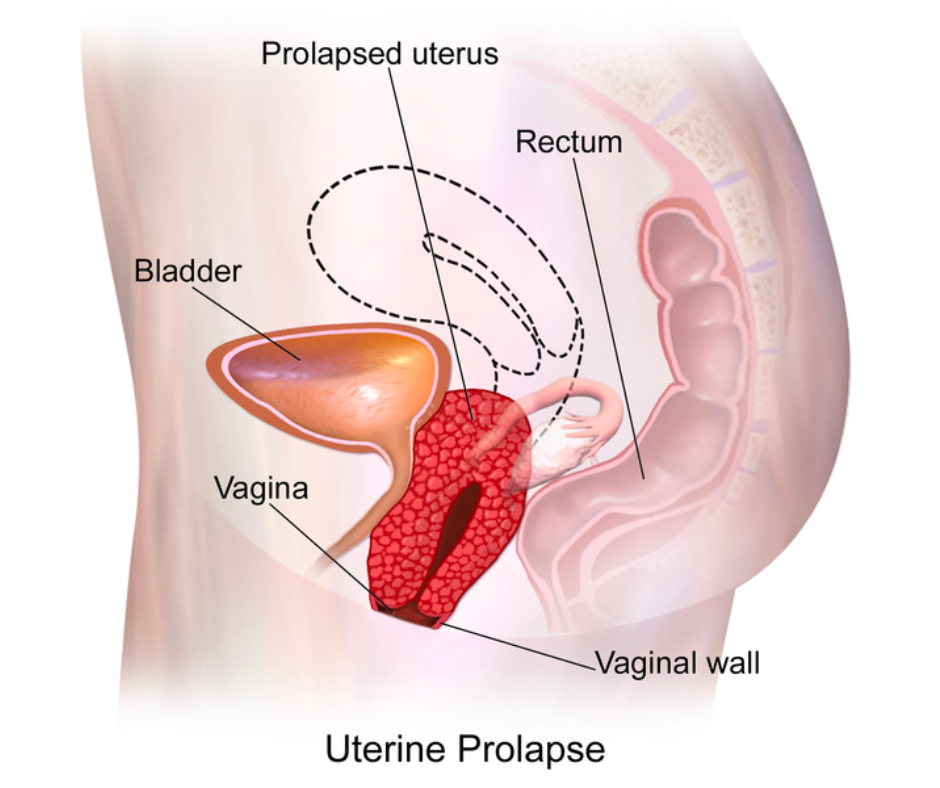
Pelvic organ prolapse is defined as a weakness in the supporting structures which support either the bladder (‘cystocele’), uterus (‘uterine prolapse’) or rectum (‘rectocele’) and often results in a vaginal lump or heaviness being felt down below.
Depending on which structures the vaginal prolapse involves, you may experience issues with your bowels (constipation) or bladder (difficulty with urinary flow), but undoubtedly the most common symptom would be an overall feeling of ‘heaviness’ and a ‘dragging’ sensation.
Diagnosis of the prolapse is made via a quick and easy examination in the rooms which shouldn’t cause you any discomfort.
The most common types of prolapse are:
The treatment of the prolapse really depends on where it is situated and the degree of symptoms experienced by the patient.
Often prolapse can be treated very successfully with non-surgical treatments, such as pelvic floor physio therapy or pessaries.
For some people, surgical treatment is the preferred method and this can be approached in a variety of ways and can involve both a combination of both a vaginal and laparoscopic approach to get the best anatomical result.
Gynaecologist and Advanced Laparoscopic Surgeon
Mon-Thurs 8:30 am to 4:30 pm
Friday 8:30am to 2:30pm
© 2025 Dr Sam Daniels. All Rights Reserved.